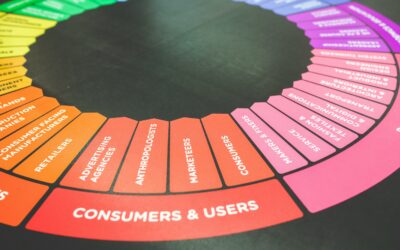Getting Started With Media Buying
There is no denying that a significant chunk of many marketing budgets comprise of paid advertisements. That is exactly where media buying comes in.
Media buying or digital media buying is a key element of any marketing strategy, especially because it enables advertisements to reach the right audience. However, it usually does not get the much-deserved attention or buzz it should in the marketing industry.
In a nutshell, the media buying process is responsible for all of the targeted advertisements we see today. In this post, let us look into understanding what it is and how it works.
What Is Media Buying?
Media buying is an integral step in the advertising process of every brand. It refers to the purchasing of ad time and space on offline (radio, television, print, and outdoor) as well as online platforms (social media, websites, streaming services, and applications). Media buying entails acquiring ideal placements, locations, and times to run advertisement with the aim to maximize each ads success with a specific audience.
The ultimate objective of media buyers is to secure placements on channels that are most relevant (and lucrative) to a business’s audience, particularly at the time when a significant chunk of the audience may view the ad. This helps to attain the lowest cost per action. In addition to this, media buyers are also accountable for negotiating with publishers for ad optimization, ad inventory, and budget management in order to improve overall campaign performance.
Elements of Digital Media Buying
When it comes to digital media buying, buying impressions is typically automated. The negotiation bit of the process still happens (technically) but it is performed at a much quicker pace through private and open marketplaces.
On the other hand, media buying for traditional channels entails negotiations with publishers as well as relationship building.
Here are the three core elements of a digital media buying structure:
- Demand-Side Platforms (DSP) – ad agencies and advertisers optimize ads, bid on ad inventories, and set up campaigns based on performance.
- Supply-Side Platforms (SSP) – publishers trade their ad inventories. SSP is basically the publisher version of the demand-side platforms (DSP).
- Real-Time Bidding (RTB) – RTB is an ad exchange marketplace where publishers and advertisers sell or purchase ad inventories.
Closing Note
We are not only a full service print management and digital marketing company, but also a partner that can help you navigate the world of media buying for offline and online channels. If you do not know where to start or want to confirm you are moving in the right direction, GMS is more than happy to help.
If you wish to learn more about media buying and how it works, feel free to reach out to us at 1-888-601-3934 or email us directly at info@yourgms.com.



